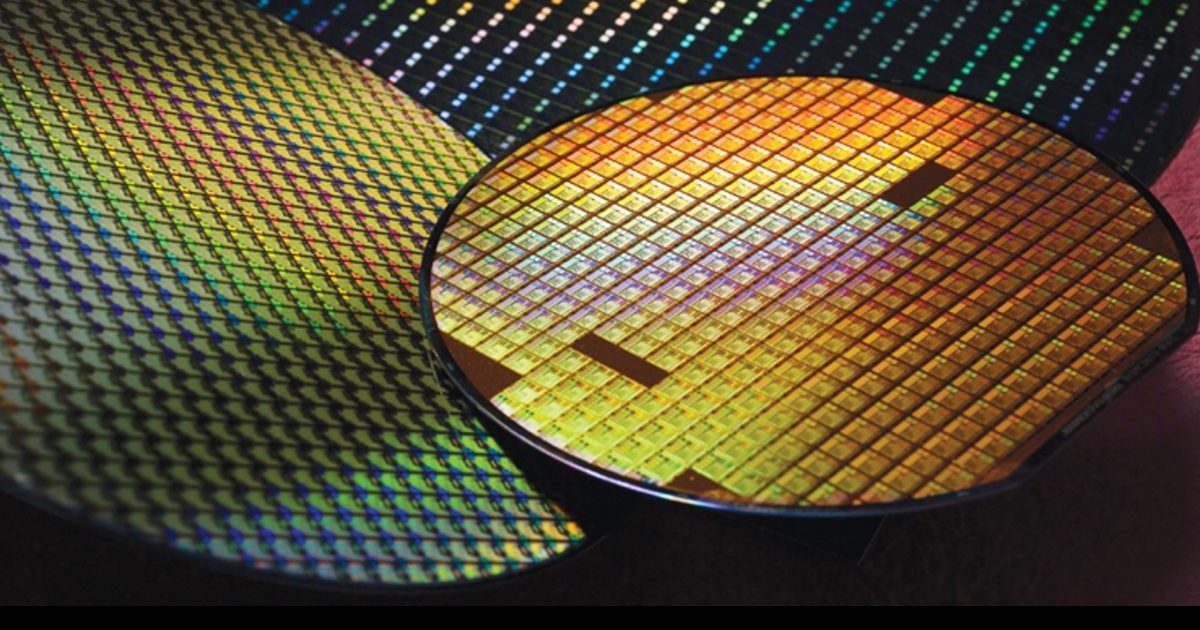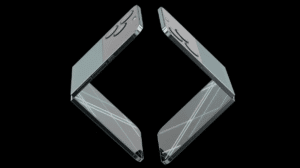The next-generation A17 processor, Apple’s first iPhone chip based on TSMC’s initial 3-nanometer process, is expected to bring about significant enhancements to the forthcoming iPhone 15 Pro models, possibly causing a “replacement demand” among older iPhone owners.

This year’s new A17 Bionic chip, based on TSMC’s 3nm process, will offer significant performance gains
As per information provided by suppliers who are part of Apple’s iPhone supply chain, the latest industry report from DigiTimes states the following:
TSMC’s N3E (3nm enhanced) technology will enable significant specification upgrades in the upcoming iPhone series, the sources said. Suppliers involved in the iPhone supply chain anticipate replacement demand for the 2023 models.
It has been reported that Apple is likely to incorporate TSMC’s 3nm technology in the A17 Bionic chip that is expected to power the upcoming iPhone 15 Pro and iPhone 15 Pro Max models. The new 3nm process, also known as N3, is anticipated to offer a 35% power efficiency improvement over TSMC’s N4 fabrication process, which was used for the A16 Bionic chip in the iPhone 14 Pro and Pro Max.

Additionally, the N3 technology is expected to provide significantly improved performance compared to current chips built on 5nm. Despite the higher manufacturing costs involved in the new process, Apple has procured all the initial orders for the first-gen 3nm technology, while rival smartphone vendors like Samsung may wait for prices to come down amidst a bleak 2023 for the Android market due to global economic turbulence.
The faster A17 chips will be exclusive to the iPhone 15 Pro and Pro Max, while the iPhone 15 and iPhone 15 Plus will feature the A16 chip. TSMC is expected to start commercial production of N3E, an enhanced version of N3, in the second half of the year, and Apple is anticipated to be the first customer to use this process.
The iPhone 15 Pro models are also expected to have a number of new features, including USB-C, solid-state volume and power buttons, periscope camera technology, and a modified design.
Read more:



